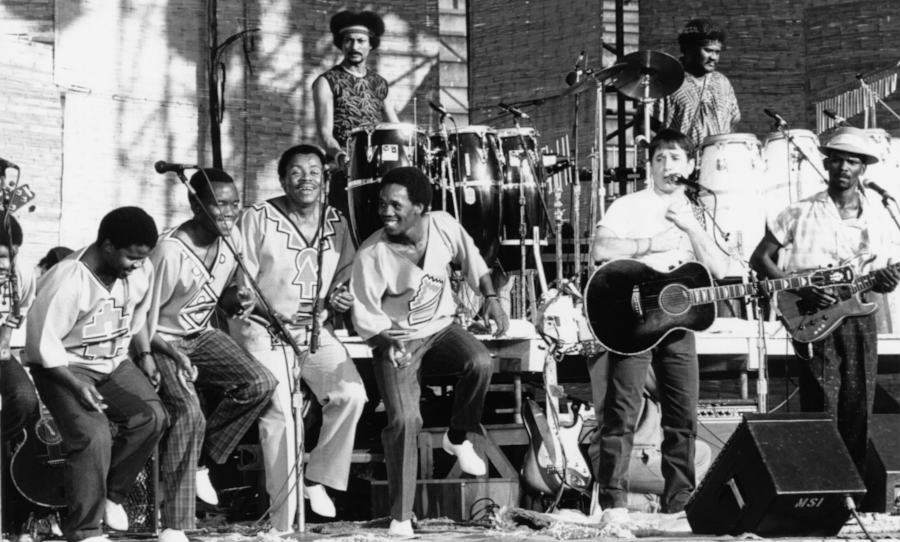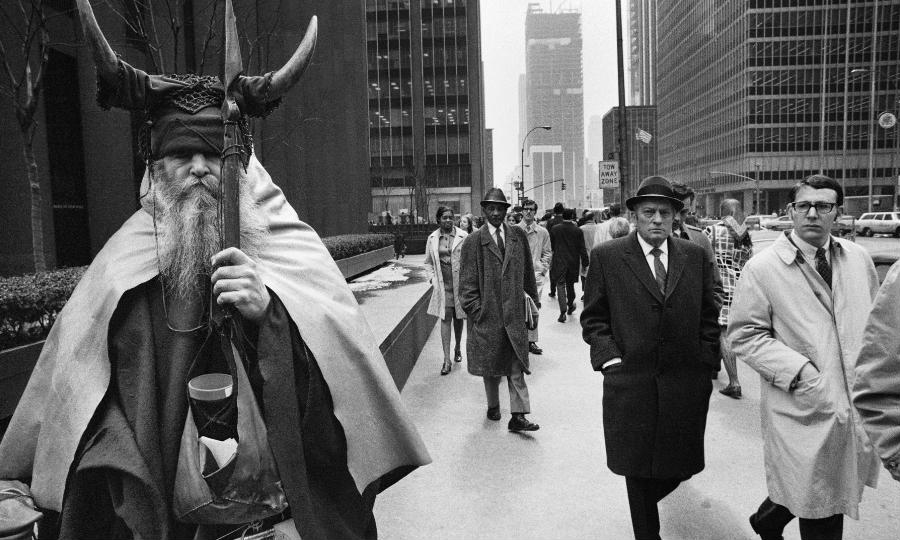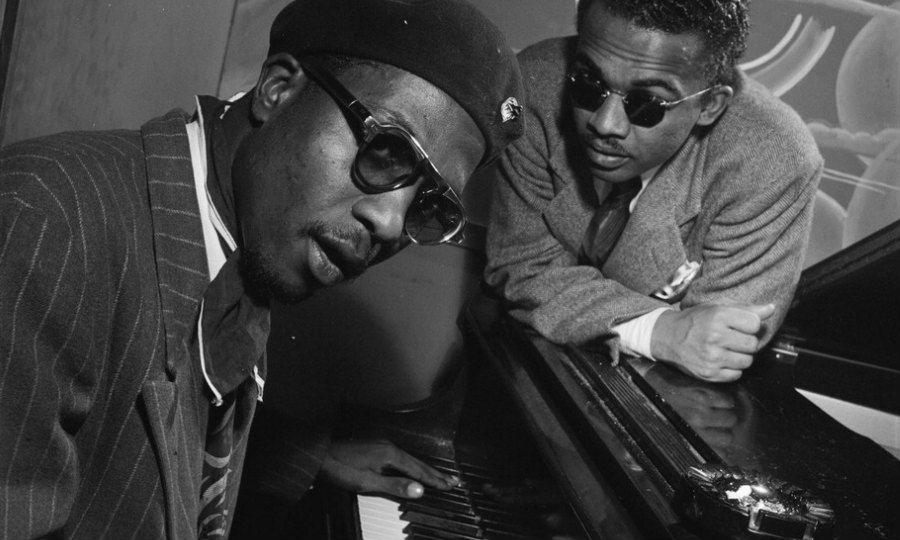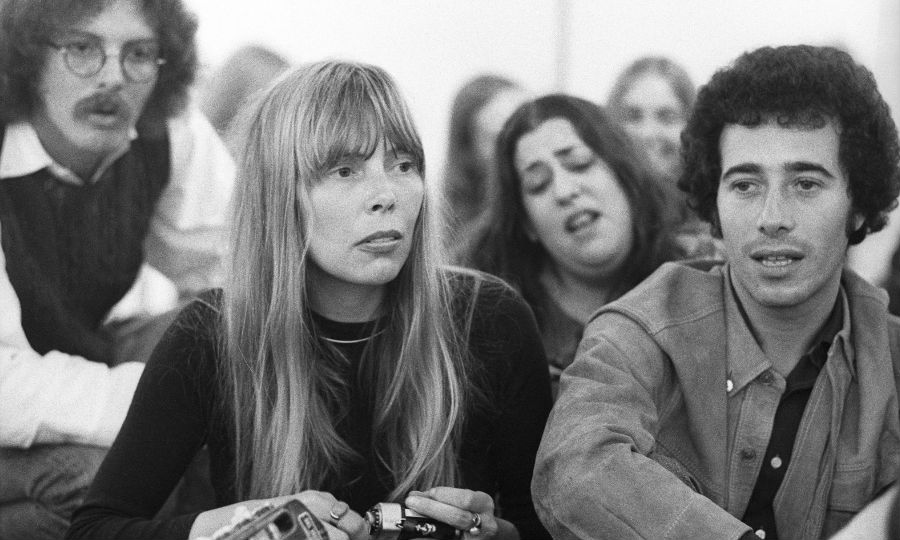With Graceland, Paul Simon returned to form with a record that bridged genres, continents, and sensibilities, selling millions in the process.
Following a series of personal and artistic failures, including the dissolution of his marriage to Carrie Fisher and the release of the lowest-charting album of his career, Paul Simon was in a crisis. In 1984, however, Simon was loaned a bootleg cassette that sparked his imagination and set him on the road to Graceland.
“A friend of mine gave me a tape of ‘township jive,’ the street music of Soweto, South Africa,” said Simon. “It was a happy instrumental music that reminded me of 1950’s rhythm and blues, which I have always loved. By the end of the summer, I was scat-singing melodies over the tracks. And so I went on a search to find out who they were and where they came from.’‘
South African producer Hilton Rosenthal, enlisted with the help of Warner Records, sent Simon recordings of dozens of South African bands. “I was so impressed that I inquired whether it would be possible to record with some of them,” said Simon. “I found that I could. And in February 1985, I flew with the recording engineer Roy Halee to Johannesburg.”
Under controversial circumstances, Simon spent two weeks in South Africa, recording with South African musicians in sessions that eventually became Graceland, a record that remains his most popular and successful to date.
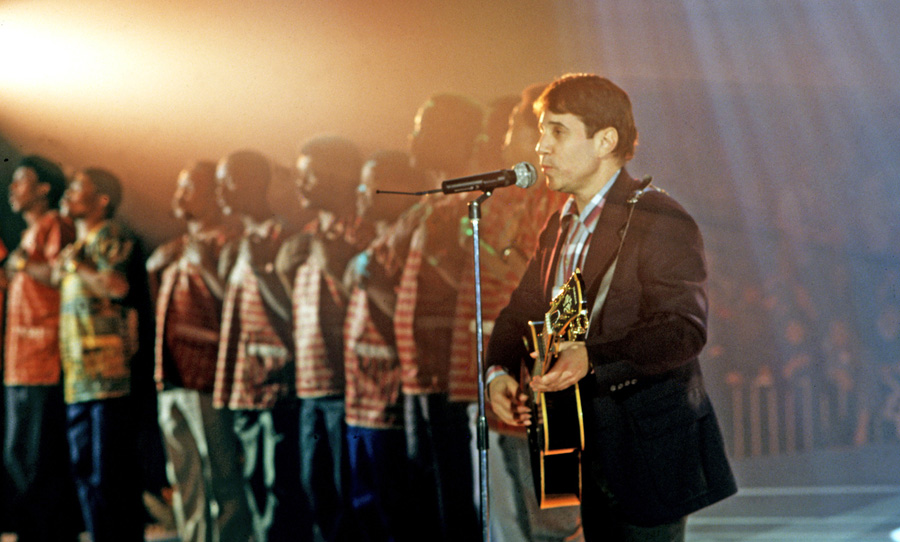
New Surroundings
Roy Halee started his production career in the editing room at Columbia Studios, eventually moving into the recording studio, where his first session was Bob Dylan’s Like A Rolling Stone. Halee had worked with Simon since the beginning, having worked on the overdubbing sessions of The Sound Of Silence that catapulted Simon & Garfunkel into success.
In Johannesburg’s Ovation Studios, Halee was surprised to find what he described as “the best-sounding control room I’d ever been in.” The room was equipped with “a Harrison console, 3M tape machines and modified James Lansing monitors that made it sound like you were in your living room.”
However, Halee described the studio itself as a “garage”, with various acoustic challenges. “The musicians liked to work very close together, with eye contact to get the feel and the groove going,” Halee recalled. “Since the songs would be crafted out of these grooves, the instruments had to be isolated so that we could do plenty of editing.”
Halee’s experience was a perfect fit. Having worked regularly with classical musicians at Columbia, Halee had an understanding of how instruments in close proximity could be properly isolated. Halee recalled, “the right choice of microphones and levels really helps, and in this case, I recorded the musicians with very few baffles — none around the drums — while they stood close together with good eye contact.”
Halee’s work as an editor also proved invaluable, with Halee crafting the sessions into tracks by drawing out instrumental passages that could be reshaped at Simon’s will. Although the recordings were analog, the editing was performed digitally, in a pioneering process that set the stage for modern hip-hop production, chopping and splicing existing material to create new tracks. “The amount of editing that went into that album was unbelievable,” said Halee. “Without the facility to edit digital, I don’t think we could have done that project.”
Vocal Perfection
Simon and Halee took the session recordings for Graceland back to New York, editing at The Hit Factory. The control room was equipped with an SSL console, a Sony PCM3324 digital multitrack, and Halee’s own pair of Westlake speakers.
Simon began work on a series of overdub sessions, starting with the vocal tracks. To preserve the clarity of Simon’s vocal tracks, Halee opted to record in the studio, with the instrumental overdubs recorded in the control room. “For microphones, we used the usual selection of tube Neumann 49s, 87s and 67s,” Halee explained.
Halee experimented with tape reverb and delay, a habit from his Columbia days. Halee recalled, “I had machines lined up all the way down the hall, using tape reverb and delay on different Simon & Garfunkel recordings, like Mrs. Robinson. I couldn’t do the same with an EMT 140.” The inspiration came from a notable source, as Halee noted. “A lot of the ideas I used came from Les Paul.”
After discovering the South African musicians used similar treatments on their recordings, notably using a chamber reverb on the bass, Halee found a solution to Simon’s dense wordcraft. “What I came up with was a tape delay feeding the left channel and a different delay feeding the right,” said Halee. “All of a sudden his vocal receded into the track and we could understand the words!”
Bass Mastery
One of the largest contributors to the sound of Graceland was Sowetan session bassist Bakithi Kumalo. Kumalo’s active and melodic playing transformed Simon’s songwriting process. “I realised that in African music, the rhythms are always shifting slightly and that the shape of a melody was often dictated by the bass line rather than the guitar,” said Simon.
Kumalo played a Washburn B-40 fretless bass, originally purchased because it was the cheapest in the store. Recording with a combination of direct board input and an amplifier picked up by a dynamic mic, Kumalo crafted the distinctive sound that defined the album.
Kumalo and several other South African musicians were invited to New York to complete the sessions, resulting in several tracks, including You Can Call Me Al.
You Can Call Me Al famously features Kumalo’s break, a result of studio experimentation. Kumalo originally played a one bar fill, but Simon was captured by Kumalo’s playing and wanted the break extended. Halee doubled the length of the fill by running the tape backwards, making the entire break palindromic.
The Magic Touch
Final touches were placed on Graceland at The Hit Factory. Tying together the world music roots with a 1980s pop sensibility, Simon used the Synclavier – a cutting edge digital sampler – to enhance the sound of the acoustic instruments by creating an electronic “shadow”.
The mixing process took an average of two days for each track. The tape delay and reverb had been recorded in earlier sessions to provide a more responsive sound for the musicians, but Halee wouldn’t commit it to tape until he was sure of the final outcome.
The outcome was unlike anything put to record before. “Just listen to The Boy In The Bubble,” said Halee. “The guitar, the drums and that incredible bass add up to a feel going on at the bottom end that is unlike anything I’ve heard before or since. It’s a major part of why the record was huge.”
For Simon, Graceland, a reference to the Memphis home of Elvis Presley, represented a new spiritual direction. Recalling the experience, Simon remarked, “there was the almost mystical affection and strange familiarity I felt when I first heard South African music.” As it transpired, his physical journey to Africa mirrored a spiritual journey to the home of The King to revitalise his love for music.
